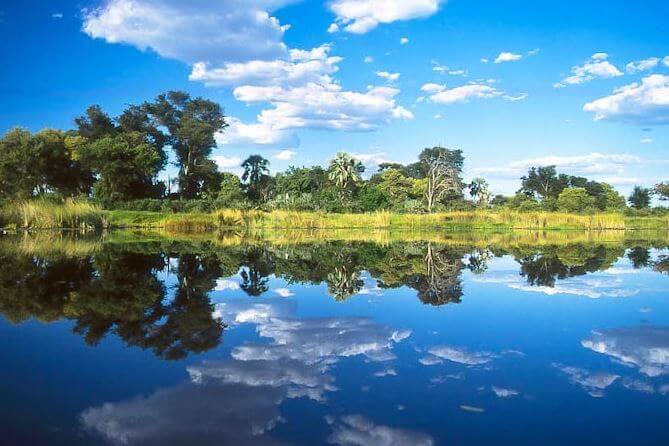The name ‘Stone Town’ comes from the buildings that were built of Coral stone in the 19th century, in this fishing village. There are also remnants of the Swahili civilization that occupied this region in the 10th century. Stone Town is famously known for its ornate and large doors. They have been crafted from teak or mahogany with large brass studs. The reason for the heavy doors is because they were used as a defence against the war elephants who use to ram down the doors in the tribal wars. These days they are made purely for decorative purposes. Each door was tailor-made according to the owner’s position, religious beliefs and the type of employment of the owner. Many of these beautiful doors have been ripped out and used to decorate houses all over the world.
Another eye-catching feature in Stone Town is the enclosed balconies. These were constructed for the ladies of the house who could comfortably relax in the privacy of their balcony. These days you will find them being used for washing lines or as a way of communicating with the neighbours across the street! The balconies are carved from rosewood or teak and once again, the structure depends on the owner – the more wealthy the owner, the more ornate the balcony.
Dotted all over the city and on verandahs or outside homes are benches or barazas. These are smooth cement benches that are sometimes whitewashed to match the colour of the Coral walls, or inlaid with colourful mosaic tiles. They are part of the culture and traditions of the Islamic way of life. The benches allowed for male visitors to sit and catch up on events outside their homes without disturbing the womenfolk. The visitors would be served coffee and sweetmeats. When public meetings were held, the sultans would receive petitioners or diplomats on the barazas. These days their use is far more relaxed and you will find they are used for recreational purposes.






0 Comments